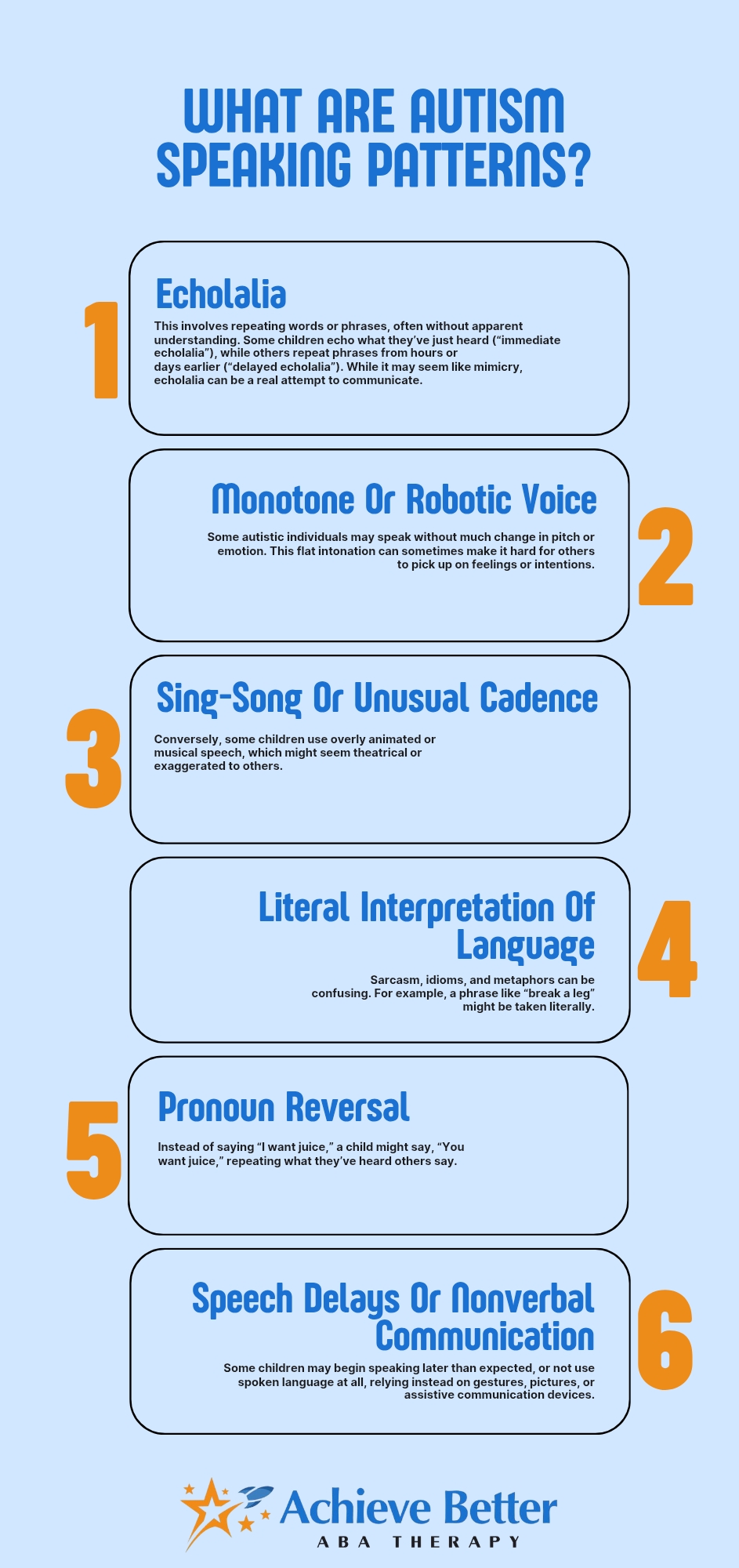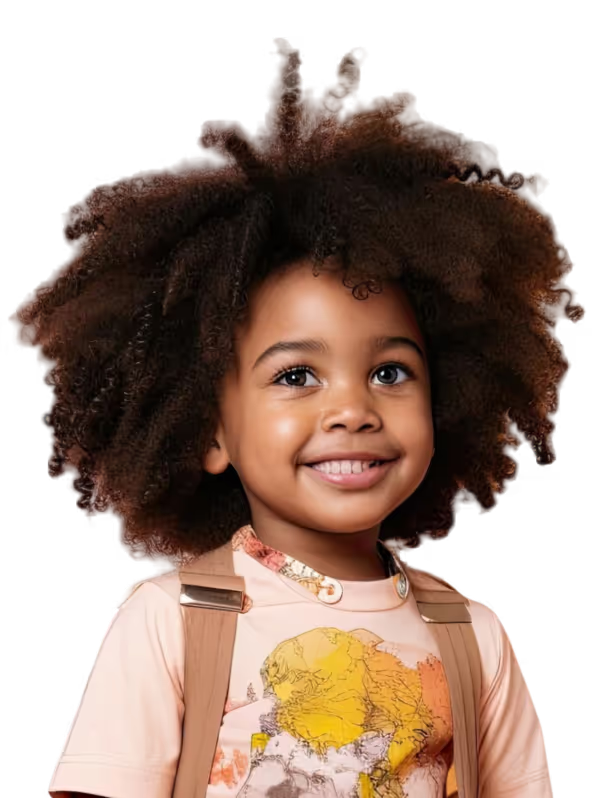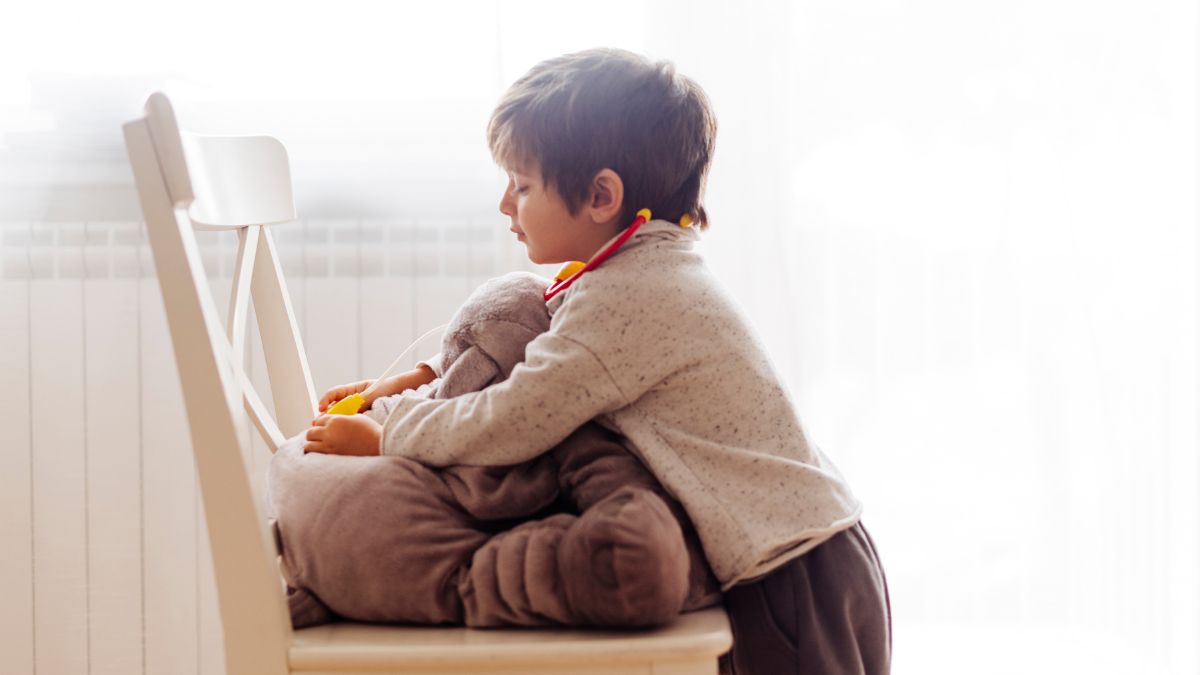Understanding Autism Speech Patterns: Types, Causes, and Impact

Key Points:
- Autism speaking patterns vary greatly and may include differences in tone, rhythm, or word use, and even challenges with spoken communication altogether.
- Speech differences in autistic individuals often arise from neurological, sensory, and social processing differences.
- These communication patterns can impact everyday interactions, relationships, and emotional expression—but support and therapy can make a meaningful difference.
You know those moments when you're chatting with your child, and suddenly their words take an unexpected turn—maybe it's the rhythm, or how they echo something they heard hours ago? It can feel puzzling, even isolating, especially during moments of social interaction when you're not sure how to respond. But you're not alone in wondering, “Is this normal, or could it be something more?”
Is It Normal for Autistic Children to Speak Differently?
Yes, it is common—and completely valid—for autistic individuals to communicate differently than their neurotypical peers. Autism speaking patterns aren't just about delays in language; they often involve distinctive ways of using words, sounds, or even silence to express thoughts and emotions.
Whether it's echolalia (repeating phrases), monotone voice, or unusual pacing, these speech differences are part of a broader communication landscape shaped by the unique ways autistic brains process the world.
If you're a parent trying to make sense of your child’s speaking patterns, understanding the why behind these differences is a crucial step toward supporting their communication journey—and yours, too.
What are Autism Speaking Patterns?
Autism speaking patterns refer to the unique ways individuals on the autism spectrum communicate using spoken language. These can include both how language is used and how it sounds. Not every autistic person experiences the same challenges or traits, but several common types of speech patterns often show up, especially in early childhood.
Here are several ways speech may present in autistic children and adults:

These patterns aren’t just random quirks—they reflect deeper processes going on in the brain, and they often come with strengths as well as challenges.
What Causes Speech Differences in Autism?
Speech differences in autism are rooted in how the brain processes language, sensory input, and social interaction. It’s not about a child not wanting to communicate—it’s often about a child communicating in the way that makes the most sense to them.
Several underlying causes include:
- Neurological Differences: Brain imaging studies show that autistic individuals may process speech and language differently at the neural level, affecting how they understand and produce spoken words.
- Sensory Processing Issues: If a child is overwhelmed by sounds or finds it hard to tune in to spoken words in noisy environments, their speech and listening habits can be shaped by that sensory overload.
- Social Communication Challenges: Understanding the flow of conversation, reading facial expressions, and recognizing subtle social cues can be difficult, making verbal communication harder to navigate.
- Executive Function Difficulties: Planning what to say and when to say it involves attention, memory, and organization—all areas where many autistic individuals may face challenges.
By understanding these root causes, families can approach communication challenges with empathy, patience, and the right tools.
How Do Autism Speaking Patterns Affect Everyday Life?
Communication is at the heart of connection, so differences in speech can touch nearly every part of daily living—from school to friendships to home life.
- Social Relationships: Peers might misinterpret tone, literalness, or repetition, leading to misunderstandings or exclusion.
- Academic Progress: In school, speech differences may affect participation, reading aloud, or group work—especially when teachers are unfamiliar with autism communication traits.
- Family Dynamics: Parents may feel frustrated or worried when their child doesn’t respond in expected ways, or when communication feels one-sided.
- Emotional Expression: Autistic children might struggle to verbalize emotions clearly, leading to outbursts or shutdowns when feelings get too big to explain.
Still, it's important to remember: different doesn’t mean broken. With the right support, autistic children can learn to express themselves in powerful, meaningful ways—sometimes with words, sometimes without.
How Can Parents Support Their Child’s Speech Development?
As a parent, you don’t need to “fix” your child’s way of speaking—you need to support it, nurture it, and, when helpful, guide it. Speech patterns are a part of your child’s identity, and honoring that is key.
Here are practical strategies to help support speech development:
- Model Clear, Slow Speech: This helps your child process what you're saying and gives them a strong model to imitate.
- Use Visual Supports: Tools like picture cards, gestures, and visual schedules can support understanding and communication.
- Celebrate All Communication: Whether your child speaks, signs, points, or uses an app—every effort to communicate is a success.
- Avoid Correcting Too Often: Instead of saying “Don’t say that,” try rephrasing their sentence positively: “You mean, ‘I want juice,’ right?”
- Work With Specialists: Speech-language pathologists (SLPs) and ABA therapists can create tailored strategies to support your child’s unique communication needs.
The Power Of Understanding
When parents begin to understand autism speaking patterns, they open the door to stronger connection—not just with their children, but also with their child’s world. These speech patterns aren’t deficits; they are expressions of a unique brain that may just need a different path to be heard.
With love, patience, and the right support, every child—verbal or not—can develop meaningful ways to communicate, learn, and connect with others.
Get The Right Support: ABA Therapy Tailored To Your Child’s Needs
If you’re looking for expert support to help your child navigate speech and communication challenges, Achieve Better ABA is here for you. We specialize in ABA therapy in North Carolina, with a focus on empowering children and families through structured, compassionate behavioral support.
ABA therapy is evidence-based and highly effective in helping autistic children build communication skills—both verbal and nonverbal—in ways that are practical and lasting. Whether your child uses spoken words, gestures, or devices, our team is ready to meet them where they are and help them thrive.
Let’s work together to make sure your child’s voice—whatever form it takes—is heard. Reach out to us today to learn more and take the next step in your journey!
Similar articles
Contact us today to learn more.




.jpg)

.jpg)





